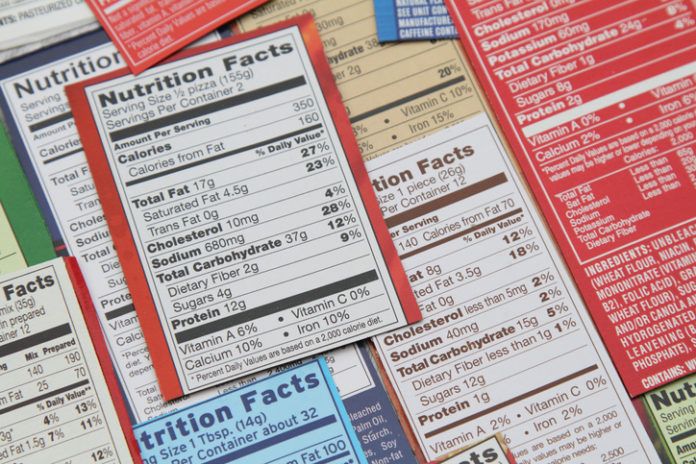A. Hannah Cai, a dietetic intern at the Frances Stern Nutrition Center, answers. “It is important to limit sodium and added sugar intake for health. The Dietary Guidelines for Americans recommends limiting daily sodium intake to 2,300 milligrams (mg) and added sugar intake to less than 10 percent of total calories (approximately 50 grams of added sugar for an adult eating 2,000 calories daily).
“When manufacturers remove salt or sugar from a product, other ingredients are often added as replacements to compensate for losses in flavor or quality. Check the Nutrition Facts label and ingredients list to see if a low sodium salad dressing has additional sugar. Better choices use herbs and spices to add flavor. Low sugar or sugar-free products may include sugar substitutes. Research about the possible benefits and harms of these compounds is ongoing.
“Ultimately, choosing between a low sodium or low sugar product is a personal decision. Individuals with hypertension are advised to choose low sodium, and individuals with diabetes may benefit more from products with less sugar to help them control their blood glucose levels. If possible, find a product that is low in both. Careful examination of Nutrition Facts label sand ingredient lists can help find a winner. It is also reasonable to buy whichever products you like best—enjoy your favorites and limit portions to a moderate serving size. If you’re able, making a salad dressing or pasta sauce from scratch affords you the greatest control over both sodium and added sugars.”
























